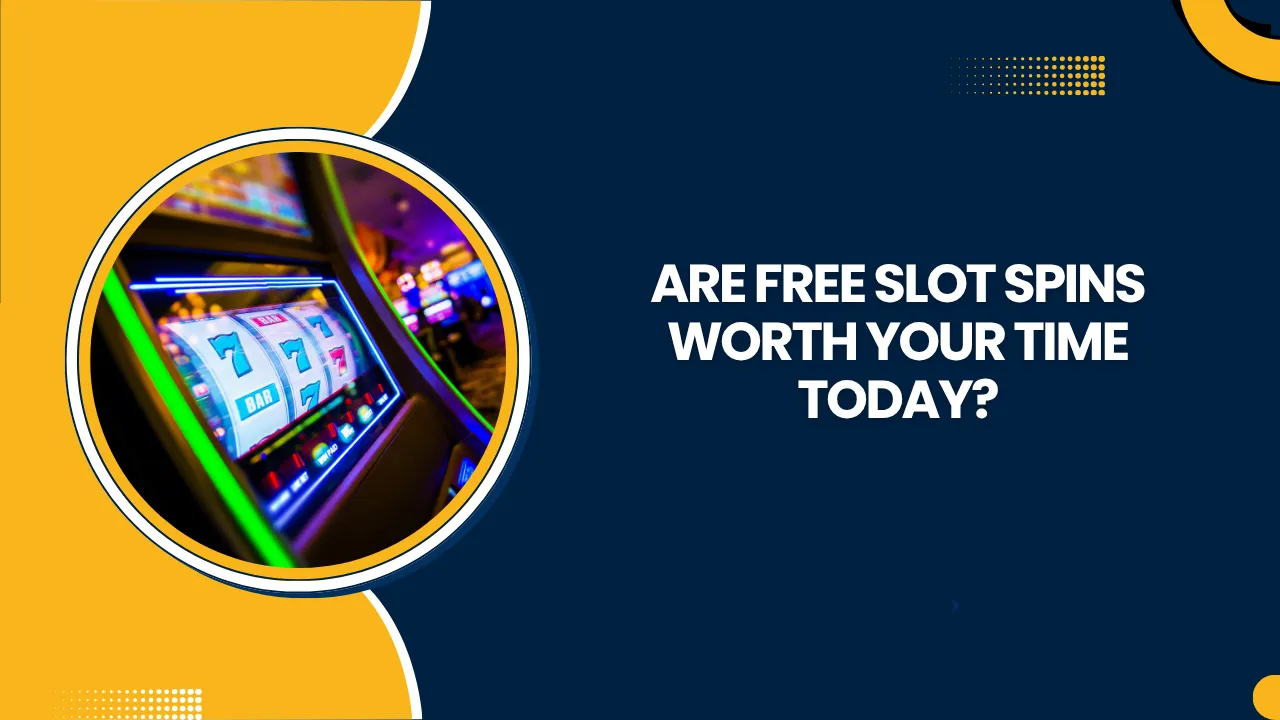Slot machines have undergone a major transformation over the past two decades. From classic three-reel games with simple mechanics to today’s highly interactive, cinematic slot experiences, the evolution is astounding. A key reason behind this change is the use of visual feedback tools—features that dramatically enhance player interaction and excitement. But what exactly are these tools, and how do they work?
Let’s take a deep look into how visual feedback tools function in modern slots, why they’re so important for engagement, and how they’re used even more creatively in environments like non GamStop casinos.
What Are Visual Feedback Tools?
Visual feedback tools are graphical cues and animations in slot games that respond to player actions or game outcomes. These tools make the game feel alive and reactive. They can range from spinning reels and flashing win lines to more complex visual effects like animated character movements, symbol explosions, bonus screen transitions, or environmental changes within the game.
Imagine a moment when you hit a win and the screen lights up with bright effects, coins fly around the reels, and a soundtrack builds up. That whole experience is driven by visual feedback. It’s a way to say, “You did something right!” without needing words.
These tools are not just for show. They give players instant confirmation that their actions—like spinning, placing a bet, or triggering a bonus—have caused something to happen. This feedback builds satisfaction and keeps players engaged.
How Visual Feedback Enhances Gameplay
Visual feedback tools are powerful because they connect with the player on an emotional level. Winning is not just about getting more credits; it’s about the feeling that the game creates around that win. That’s where visual design plays its part. Animations that pop up after a win, or an expanding wild symbol that glows before locking in place, all build up anticipation and joy.
Even if the reward is small, visual and sound cues can make it feel significant. This is particularly useful in keeping players entertained and encouraging longer play sessions.
Interestingly, this kind of immersive feedback is often even more pronounced in non GamStop casinos. These platforms, which are not regulated by the UK Gambling Commission, often use more experimental and creative game designs. Many of them partner with independent studios that focus heavily on innovation and aesthetics. For example, some of the latest game highlights and visual-rich experiences are featured on entertainment platforms like Wedding Photography Select, where dynamic presentation is key—just like in slot games.
These casinos attract players by offering slots that feel responsive and alive, using stunning visuals, smooth animations, and interactive bonus features that rival video games.
Different Types of Visual Feedback Tools in Slots
There are several ways visual feedback is implemented in slot machines, each serving a different purpose depending on the situation within the game.
Immediate Feedback is the most basic but vital. This includes things like spinning reels, the blinking of win lines, or the motion of symbols dropping into place. It’s all about keeping the game feeling responsive to your input.
Progressive Feedback takes things further. For example, if you’re collecting bonus items over several spins to unlock a feature, the game may show a visual counter or slowly animate your progress. It could be a growing meter or a symbol trail leading toward a prize.
Reward Feedback is where the magic really happens. When you hit a jackpot or enter a bonus round, you’ll often see full-screen animations, shifting backgrounds, or even entire cutscenes that celebrate your win. These visuals are designed to amplify the emotional reward of hitting a big moment.
Every visual cue is designed not only to inform but also to emotionally engage. Players get used to these subtle signals, and their absence can make a game feel dull or unresponsive.
The Role of Visual Feedback in Player Retention
Game developers understand that engagement isn’t just about odds or payouts—it’s about creating a sense of interaction and reward. Visual feedback helps maintain player attention by creating anticipation and surprise.
When players see a bonus symbol land and pulse or shake before locking into place, it creates excitement. Will the next spin bring the final symbol needed? That visual cue builds tension and encourages players to keep spinning.
This kind of design is a huge reason why players stay loyal to certain games. They aren’t just playing for cash—they’re playing for the experience. A game that “feels” good to play will always win over one that’s flat or lifeless, even if the payouts are the same.
Mobile-Friendly Visual Feedback Tools
With the majority of slot gameplay now happening on mobile devices, developers face the challenge of creating high-quality feedback tools that work well on smaller screens. On desktop, developers can use wide-screen effects, layered animations, and rich textures. On mobile, they need to be more efficient.
This has led to clever visual design—like vibrating reels, glowing border lights, and quick animations that don’t overload the screen but still provide satisfying feedback. Many non GamStop casinos lead the way in mobile-first slot design because their audiences primarily access games through smartphones.
Game developers targeting these platforms often prioritize responsive design, quick transitions, and feedback animations that look and feel premium on any screen size. These details matter a lot, especially in competitive markets.
Visual Feedback as a Learning Tool
Besides entertainment, visual feedback also serves an educational function. Slot games often come with unique features—like sticky symbols, cascading wins, and shifting reels—that may not be familiar to every player.
Instead of overwhelming players with instructions, games use animation to show what’s happening. If a sticky wild stays in place, the symbol might glow or show a pinning animation. If symbols explode during a win, it shows that new ones will fall in. This intuitive design helps players understand the mechanics without needing to read a manual.
Visual feedback becomes a silent guide, leading players through the complexity of modern slots in an engaging and user-friendly way.
The Future of Visual Feedback in Slots
As technology advances, visual feedback tools are set to become even more personalized and intelligent. AI-driven slot engines might one day adjust animations or feedback styles based on a player’s preferences or play history.
We’re already seeing early versions of adaptive slot experiences, where music, background visuals, and even difficulty levels change based on how the player interacts. Virtual reality (VR) slots are also being developed, which will rely heavily on visual cues to create fully immersive environments.
In both regulated and non GamStop casinos, developers are always looking for new ways to use visuals to build deeper engagement. Future slots may even allow players to choose the type of feedback they prefer—from subtle minimalist effects to full-blown 3D animations.
Final Thoughts
Visual feedback tools have quietly become one of the most important elements in slot game design. They turn static, repetitive spins into exciting, emotional experiences. They teach players, celebrate wins, and guide attention—all while making the game feel alive.
Whether you’re playing at a well-known provider or exploring the wider variety of games offered by non GamStop casinos, one thing is clear: great visual feedback is what makes a slot game unforgettable. It’s not just about chasing big wins—it’s about the thrill of the journey, brought to life through light, motion, and creativity.






